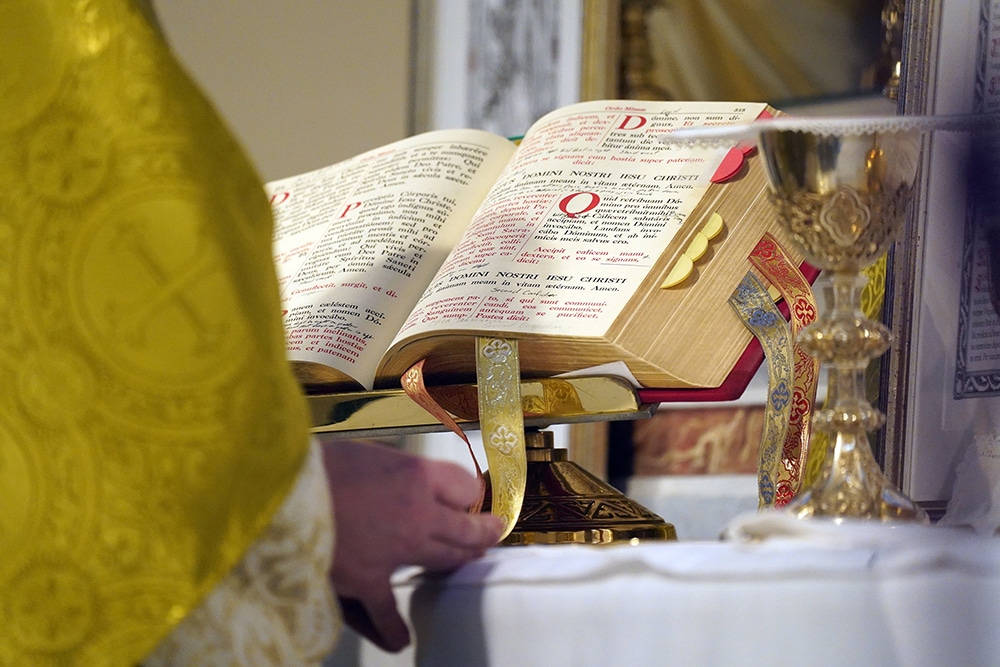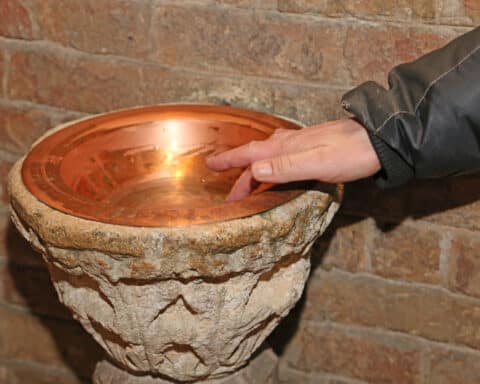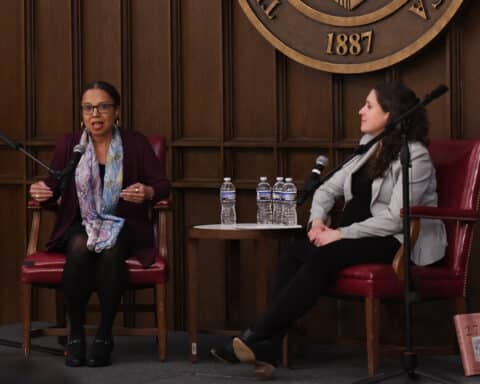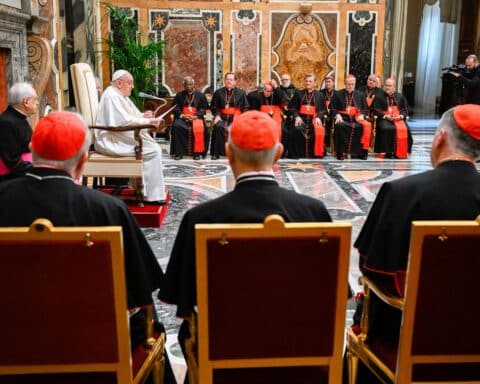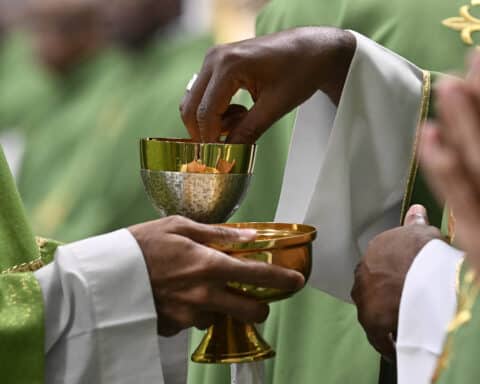This is the third in a series of articles exploring the gift and promise of Vatican II’s liturgical reform.
In the previous article, I promised that I would look at specific liturgical reforms of the Second Vatican Council, analyzing them according to the three categories I developed. What is the good news of these reforms? What could be changed? And what have we supposedly adopted in our parishes that are not really part of Vatican II at all?
Since the last column, the Vatican, with Pope Francis’ approval, issued a series of answers to questions related to the celebration of the Extraordinary Form of the Mass. His earlier document, Traditionis Custodes, left it up to local bishops to enforce the document. But the answers to the questions clarify a bit more about how bishops should enforce Traditionis Custodes.
In short, newly ordained priests should not be given faculties to celebrate the Extraordinary Form by their bishop without permission from Rome. Except in already existing personal parishes (communities established for the Latin Mass), the sacraments may be not celebrated according to the Extraordinary Form.
The ‘liturgy wars’
Just like Traditionis Custodes, the answer to these dubia (questions) generated a good deal of controversy. Why does Rome (including the pope) care so much about curtailing the use of the Extraordinary Form? Why are Latin Massgoers being singled out? Aren’t there more important problems in the Church?
These questions are not being asked only by Catholics. Last summer — when the pope released Traditionis Custodes — a secular reporter asked me: “Why does the Pope care so much about the Latin Mass? Is it really doing any harm?”
This is akin to a question I often get from other Catholics. Why does the liturgy generate so much conflict? Is there any way to move beyond the “liturgy wars” that seem to break out every couple of months? Or are we stuck in an endless cycle of conflict?
The liturgy is who we are
Before we move onto assessing the reforms of the Second Vatican Council itself, I want to answer these questions.
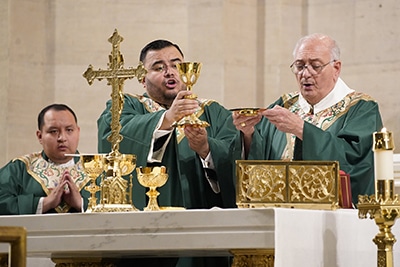
First, liturgy generates conflict because our primary experience of Catholicism is linked to practice — that is, the liturgy is integral to our identity. What we do is who we are.
We tend to forget this. Adults seeking initiation into the Church are perhaps given the Catechism of the Catholic Church. They run through the totality of the Creed. But we often neglect to teach them to genuflect. What to do at Mass. Catholicism and religion, in general, is often about practice.
The Council Fathers at Vatican II knew this. The liturgical reforms of the council were treated first because they were linked to the very identity of the Church. Lay involvement in the Church was not meant to be a mere abstraction. The dialogue Mass — in which the lay faithful were actively involved — was intended to perform the very ecclesiology of the Second Vatican Council. There is a priesthood of the baptized, who offer the sacrifice of the priest together with the priest.
Because these practices are so important, any change will therefore generate conflict. They are integral to our very identity. A Catholic who attends a post-conciliar liturgy devoid of Latin, full of the folk music of the 1980s, will experience cognitive dissonance at a Mass in which only the antiphons are chanted. The same goes for an Extraordinary Form Catholic, who now will attend a reformed rite.
What can we learn?
Thesis 1: There is conflict, because liturgy gets into our bones. It’s part of our identity.
Still, much of the current conflict could be avoided with a bit of intellectual humility on the part of both Extraordinary Form Catholics and post-conciliar Catholics.
Perhaps, you’ve hopped on Twitter or blogs. You have seen the writings of figures like Taylor Marshall, Matt Walsh or Peter Kwasniewski. They describe the reformed liturgy as devoid of grace, an abomination that is directly responsible for Catholic disaffiliation. Our churches would be full, according to these Extraordinary Form Catholics, if we got rid of Vatican II.
These positions are prejudiced. They ignore the very real fruits of the reformed liturgy, including the saints who have been formed to celebrate these liturgies.
On the other hand, there are also post-conciliar Catholics who fail to recognize the complexities of liturgy after Vatican II.
For example, I recently attended Mass in a northern suburb of Chicago. The music was dreadful. The priest introduced a rousing communal singing of Happy Birthday before the Eucharistic Prayer (which was poorly prayed).
Post-conciliar liturgy is hard, and we must recognize that it’s not always done well. It’s sometimes done terribly. The music can be bad. The Eucharistic Prayer is sometimes prayed by a priest who seems to be reading from a phone book. The architecture often does not elevate the mind or the heart. The sooner that we recognize these things, the better.
But this doesn’t mean that the reformed rites are exclusively responsible. Catholics have been bad at liturgy for a long time. We remain a Low Mass culture, not dedicating the kind of careful attention to the liturgy that we should.
And therefore, the interest in the Extraordinary Form of the Mass should lead us to a self-examination. Why have the reformed rites not captured the imagination of all? Why are there those still committed to the pre-conciliar liturgy? In listening to those attracted to the liturgy, we may discover something surprising.
I have. As a Vatican II Catholic (whatever this means), I have learned from my Latin Mass-going friends that they’re attracted to a spirit of contemplation, to the sacredness of the liturgical action. They’re not hostile to fostering community. Nor are they anti-Pope Francis. They love his vision of social renewal, which they think may be better accomplished by the pre-conciliar rites.
These folks exist. But we’re so enshrined in our camps that we’re unwilling to listen or learn.
Not every reform was perfect
Thesis 2: Liturgical celebration requires a humility that we haven’t learned yet.
What does this mean? The future of liturgical reform, therefore, won’t just be changing around rites. Yes, I think it’s time to admit that there are certain dimensions of the liturgical reform that just don’t work.
Let me name one. Infant baptism. The rite of infant baptism is insulting to many lay Catholics who come to the sacrament. It is verbose. The elimination of salt at infant baptism, an integral symbol of baptism from the beginning of the Church, is simply strange. Why? Could the lay faithful not understand what this rite meant? If we applied a bit of imagination, recognizing the preservative dimensions of salt.
So, we should recognize that not every reform was perfect. I hope that Pope Francis’ emphasis on the reformed rites will lead to their renewal. But that means we need a space in the Church where critique of the present rites is not treated as an attack on the Second Vatican Council.
A synodal church must listen. And we must listen to spaces where, even after Vatican II, we could do better. This is not an attack on the council. It’s a taking up of the very posture of the council where the voice of the faithful matter.
But as Pope Francis has taught us, the faithful (Latin Massgoers, migrants in El Paso, Texas, and ordinary men and women) should have a voice in the Church.
Thesis 3: It’s OK to say that we can do better. That liturgical reform got some things wrong. The Church will survive.
Timothy P. O’Malley, Ph.D., is the director of education at the McGrath Institute for Church Life at the University of Notre Dame.

